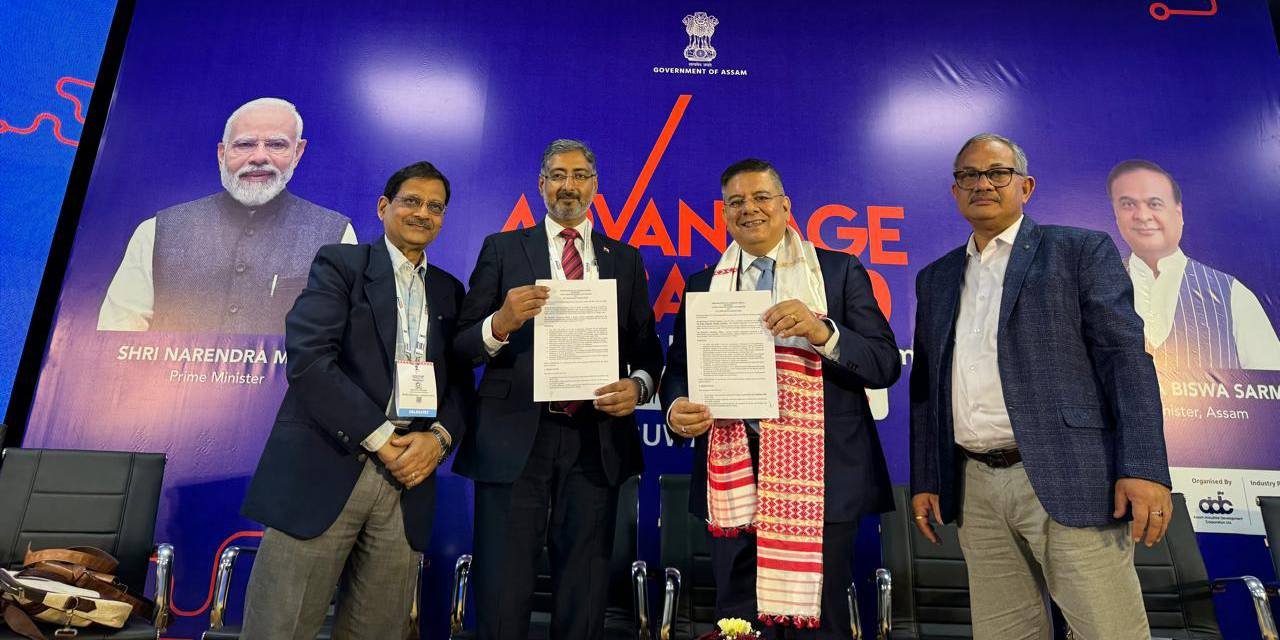This is the first time the food safety authority is looking at developing standards for an additive. This is being done to ensure quality fortified rice kernels are used to fortify rice.
India has one of the highest malnutrition rates in the world. Approximately 1.7 million children are born with congenital birth defects and 7,700 children die annually due to inadequate intake of folic acid. Food fortification in conjunction with other strategies has emerged as a strong pillar to combat micronutrient deficiencies across the globe due to its cost-effectiveness and relatively simple implementation process. The emerging evidence shows that it can improve the nutritional intake of the most vulnerable population.
Fortified rice has been identified as one of the vehicles to promote food fortification as a means to address micronutrient deficiencies in India which is a serious public health issue affecting all sections of our population, impacting their physical and mental growth.
Fortified rice means polished raw rice or polished parboiled rice blended with extruded rice shaped kernels, fortified with essential vitamins and minerals, in ratios ranging from 1:50 to 1:200. Many more support the acceptability and safety of extruded fortified rice that have been conducted in over 25 countries globally.
Fortified rice means polished raw rice or polished parboiled rice blended with extruded rice shaped kernels, fortified with essential vitamins and minerals, in ratios ranging from 1:50 to 1:200.
With the Centre planning to tackle malnutrition through distribution of fortified rice from various government schemes by 2024, the Food Safety and Standards Authority of India (FSSAI) is looking at developing standards for fortified rice kernels (FRKs).
This is the first time the food safety authority is looking at developing standards for an additive. This is being done to ensure quality FRKs are used to fortify rice.
The food safety authority aims to bring this regulation so that consumers can get vital information on parameters such as total sugar, sodium, saturated fat and calories, in a simple manner, on packaged food and beverage labels.
Arun Singhal, CEO, FSSAI said that a scientific panel is looking at developing these standards to ensure quality of With the Centre planning to tackle malnutrition through distribution of fortified rice from various government schemes by 2024, the Food Safety and Standards Authority of India (FSSAI) is looking at developing standards for fortified rice kernels (FRKs) is maintained and to ensure blending efficiency is achieved.
“We have also decided that every fortified rice kernel manufacturing unit will be inspected before grant of licence. We follow a risk-based classification system for licensing and FRKs will be included in the high-risk category similar to segments such as meat and dairy,”
“We have also decided that every fortified rice kernel manufacturing unit will be inspected before grant of licence. We follow a risk-based classification system for licensing and FRKs will be included in the high-risk category similar to segments such as meat and dairy,” he added.
Singhal said that efforts are also being made to strengthen the testing ecosystem for fortified rice through government and private labs.
Fortified Rice Kernel is an extruded rice shaped grain made from rice flour, vitamins and minerals using extrusion technology. Vitamins and minerals are added to pulverised milled rice and this mixture is then used to develop fortified rice kernels. The FRKs, which look similar to rice grains, are then blended with traditional rice. Singhal pointed out that the ratio in which FRKs are blended with traditional rice is critical.
The Rice mill/warehouse, equipped with a dosing and blending system, is essentially the facility where fortified rice can be produced. These facilities shall comply with all Good Manufacturing Practices (GMP), and food safety guidelines as per FSSAI standard guidelines. The manufacturing and food safety practices must comply with all the statutory and regulatory guidelines of the country/state/region where the product is manufactured. Utmost care is to be taken in manufacturing and handling of fortified kernels because the finished product will be mixed with rice and distributed for consumption to consumers from different segments of the population.
The ratio in which FRKs are blended with traditional rice currently ranges from 1:50 to 1:200 and a scientific panel is now expected to define the ratio in which blending should be done.
Further Reading















